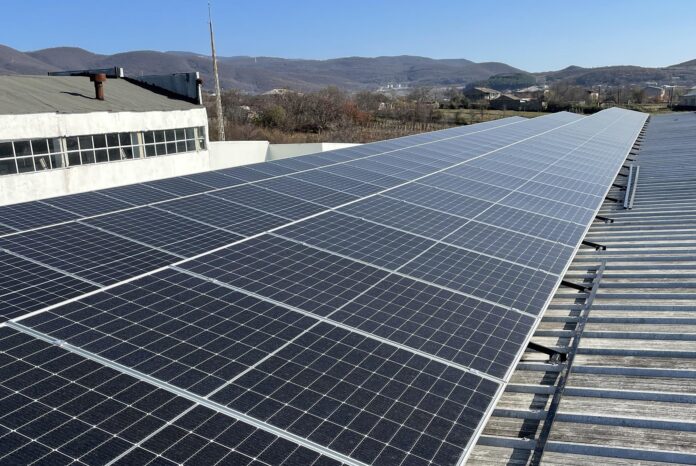In the fall of 2025, the Alpes-Maritimes department announced €11.7 million in investments to modernize its educational institutions. Part of this budget is allocated to the Green Deal plan, which aims to adapt schools to climate challenges and improve students’ daily lives.
For several years, the Alpes-Maritimes department has been pursuing a policy of renovation and adaptation of its schools. The objective: to reconcile student comfort, energy savings, and environmental respect. The 2025 school year marks a new step, with works carried out over the summer in many institutions.
Of the €11.7 million invested, nearly €5 million are directly dedicated to the Green Deal plan. This strategy revolves around four axes: greening, energy renovation, solarization, and the development of sustainable mobility.
The President of the Department, Charles-Ange Ginésy, reminds us of the philosophy behind this approach: “Since 2019, I have wanted the Alpes-Maritimes Department to implement an exemplary policy of energy control and adaptation of its schools to climate change.”
Concretely, the actions implemented affect both the buildings and outdoor spaces. They aim to make the institutions more resilient to high temperatures, reduce their carbon footprint, and improve the quality of life for students and staff.
Vegetation, energy, and mobility: priorities
Greening schoolyards is a strong axis of the Green Deal. Since 2021, 31 schools have already benefited from transformations, representing 20,000 m² of redesigned areas. The grounds have been de-sealed, and cool areas have been created. For students, these redesigned courtyards become places of relaxation, as well as refuges for biodiversity. In 2025, six new institutions joined the program.
Thermal renovation of buildings is another essential lever. Insulation, new joinery, optimized heating, double-flow ventilation, and solar protections are gradually being installed. In 2025, 21 schools received such works. Since 2020, 42 institutions have already been involved, representing 50,000 m² of renovated façades or roofs.
Solar energy also stands out as a response to the energy transition. Three schools are now equipped with photovoltaic self-consumption systems, with fifteen more projects under study. The goal is to have thirty equipped institutions by 2028. This production should cover a significant part of the electricity needs and supply about 1,700 homes in equivalent consumption.
Finally, the department is focusing on sustainable mobility. Secure bike shelters, racks, inflation and repair stations are installed in schools. Since 2019, 28 institutions have been equipped, with 562 bike parking spots and 648 spaces for scooters. The idea is to encourage home-to-school trips by bike or on foot, in partnership with municipalities developing secure cycling connections.
Upcoming structural projects
Beyond annual adjustments, the Colleges Plan 2028 is preparing for the future. It plans the construction of four new institutions in Levens, Drap, Gattières, and Nice (left bank of the Var), as well as the reconstruction of Campelières College in Mougins.
The Levens project is already underway. It involves a school for 400 students, equipped with a 40-seat boarding facility and a sports complex. The construction, estimated at €20 million, is expected to begin at the end of 2025 or early 2026. Other projects are still in the study and project management competition stages.
These new constructions will comply with the environmental regulations RE2020 and integrate biosourced materials, bioclimatic orientation, and natural ventilation. They align with the continuity of the Green Deal, where every new school equipment must be designed as a model of sustainability.
A transformed study environment
The efforts undertaken by the Alpes-Maritimes Department reflect a desire to deeply transform the school environment. Beyond the numbers and investments, the challenge is to provide students with spaces adapted to climate realities. Vegetal courtyards, better-insulated rooms, renewable energy production, and improved cycling facilities contribute to shaping a healthier and more pleasant environment.
The Green Deal plan operates at several levels: it addresses climate constraints, reduces energy consumption, and raises awareness among younger generations about ecological issues. Every renovated or newly constructed school becomes both a place of learning and a pedagogical tool on environmental transition.
By 2028, with €300 million in planned investments, including €76 million already committed, the Department intends to continue this transformation. The start of the 2025 school year thus illustrates a stage of this long-term project, which combines infrastructure modernization and ecological commitment.


